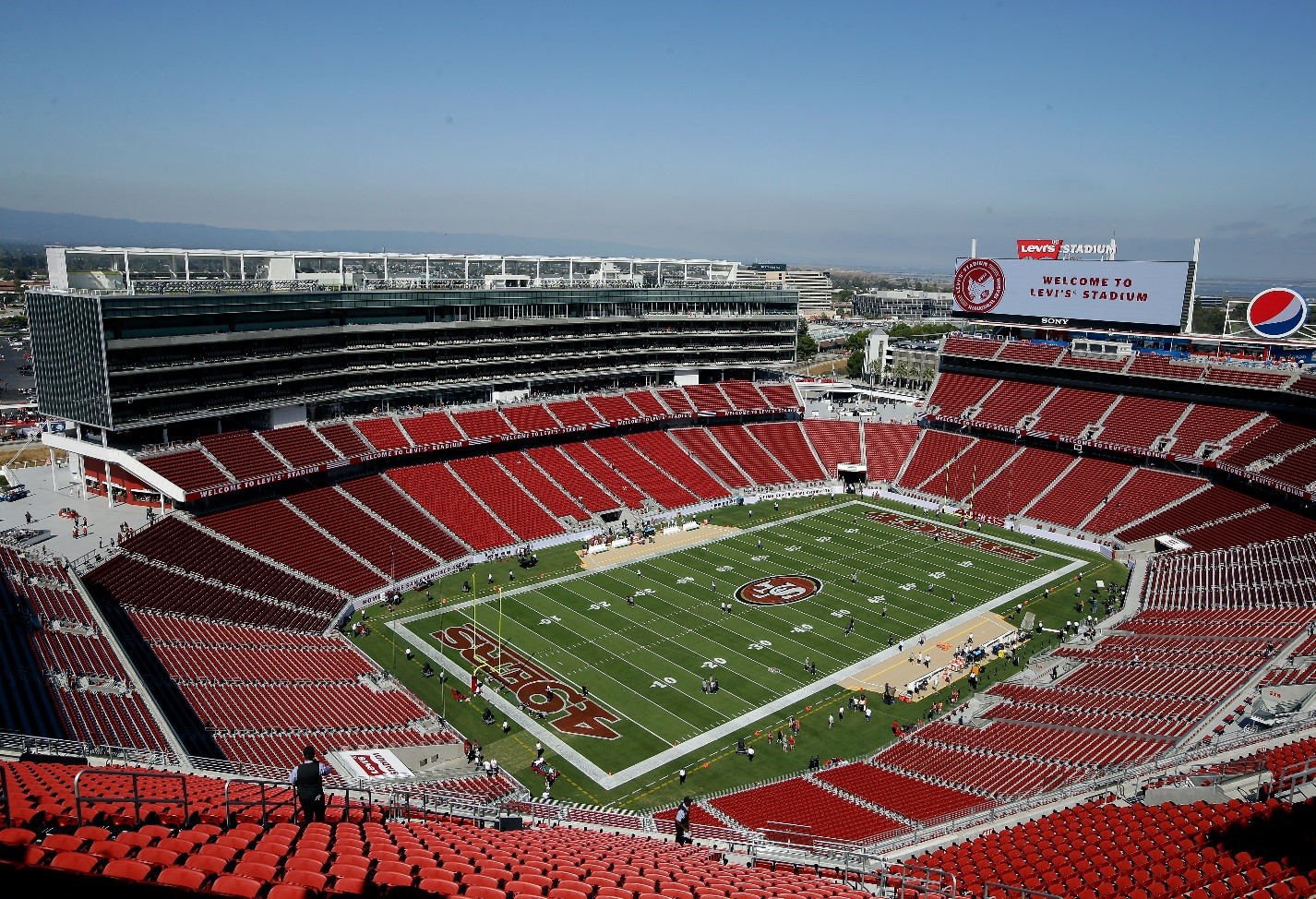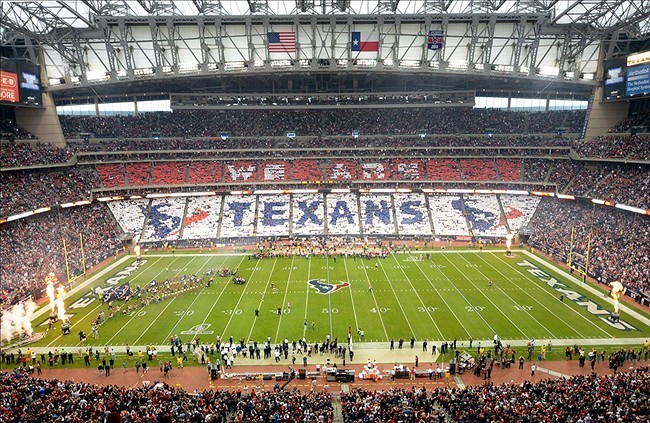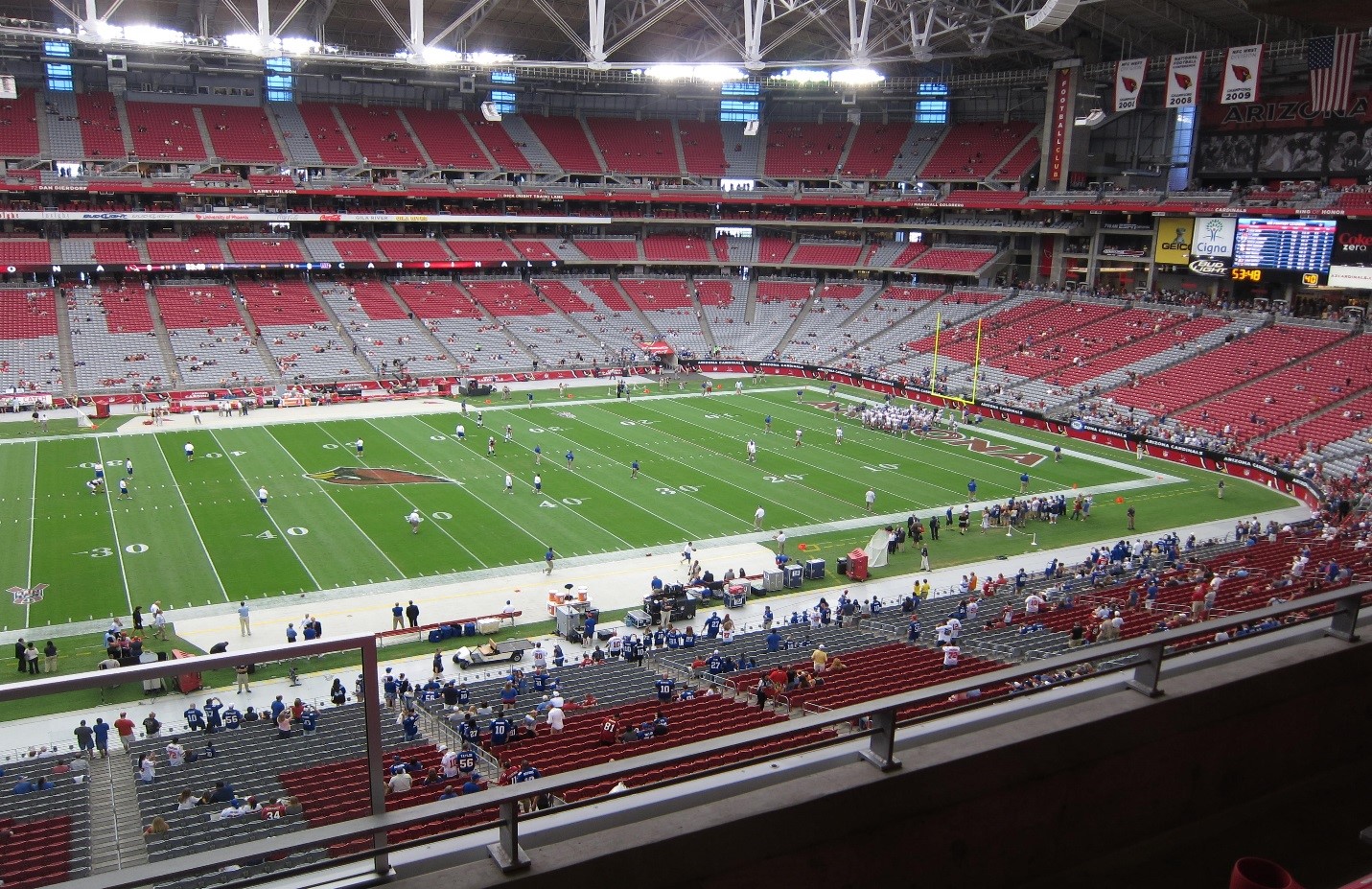NFL Stadiums Continue to Support Energy Efficiency and Sustainability
Let's Save Energy
Alliance to Save Energy's Blog

In a blog posted earlier this year, we gave an overview of the top 5 most energy efficient NFL stadiums. The stadiums highlighted within that post continue to represent the top tier for energy efficiency, but we are excited to spotlight several other stadiums that have undergone efficiency makeovers in recent months.
It's clear that the amenities offered by NFL stadiums — from restaurants and stores to big screen televisions and sound systems — consume a lot of energy, particularly on game days. As entities that consume such vast quantities of energy, NFL stadiums can realize significant energy savings through the incorporation of energy efficiency. Team owners are also realizing the dollar value these energy savings achieve, so it should come as no surprise that NFL stadiums continue to invest in projects that will reduce utility bills.
Levi’s Stadium – San Francisco 49ERS
Photo Credit: https://nbcprofootballtalk.files.wordpress.com/2014/08/levis-stadium.jpg
Levi’s Stadium is the new home of the San Francisco 49ers and is currently the newest NFL stadium, having hosted its first regular season game on September 14, 2014. Among the many accolades of this $1.2 billion stadium is that it's the first professional football stadium to receive LEED Gold certification for new construction. The stadium needed to receive at least 39 points in the rating system in areas of sustainable site development, water savings, energy efficiency, materials selection and indoor environmental quality, and easily achieved the high LEED ranking with 41 total points. Some highlights include:
- 85% of all water used in the stadium will come from recycled sources
- The field is carpeted by drought-tolerant Bandera Bermuda grass, which uses 50% less water than traditional turf uses in the area
- The stadium has a four areas that are covered with solar panels (solar terrace and three pedestrian bridges) that can generate 375 kW – produces enough energy over the course of the year to offset all energy consumed during home games
- Installation of a 27,000 square foot green roof reduces the need for heating and cooling
- Approximately 75% of the construction materials are being recycled
- 40% of the stadium lighting uses LED bulbs, which are expected to reduce the overall energy consumption from lighting by 15-20%
- The stadium was built on a site close to public transportation and has developed a bike path system to encourage fans to bike to games
NRG Stadium – Houston Texans
Photo Credit: https://cdn.fansided.com/wp-content/blogs.dir/229/files/2013/09/6909506.jpg
NRG Stadium has become one of the first professional football stadiums in the United States to exclusively use LED lights to illuminate the playing field. Although there have been concerns that LEDs will negatively impact the quality of the presentation for viewers, both in-person and on television, it has turned out not to be the case. In fact, there are many benefits that LEDs provide over traditional metal halide lamps: no warm up time, no flicker, no red tinge and each LED will last for about 20 years (compared to 3-5 for a metal halide lamp). Here are a few highlights of what NRG Stadium has done lately and plans to do in the near future to increase its energy efficiency:
- When used at full power the new lighting system consumes 337 kW, which is 60% less than the previous system
- The lighting system consists of 480 luminaries, or clusters, of LEDs. In total there are over 65,000 individual LEDs used to light the field
- In addition to new lights, NRG Stadium has an electric vehicle parking lot with 6 charging stations
- The stadium will also soon feature over 700 solar panels
University of Phoenix Stadium – Arizona Cardinals
Photo Credit: https://www.michelledudash.com/wp-content/uploads/2011/10/Cardinals-Univ...
Easily the most remarkable feature of the University of Phoenix Stadium is the use of a natural grass field in a domed stadium. While the roof is retractable, it cannot provide enough natural light for the grass, so the stadium was designed with the capability to move the entire field surface outside when not in use. Even though that might not sound like the most efficient use of energy, University of Phoenix Stadium has made advances in other areas to increase energy efficiency:
- The original lighting system consisted of 780 metal halide fixtures, but only needed to be replaced with 312 LED fixtures
- The new system will require 310 kW of energy, which is significantly less than 1,240 kW needed by the original system
- There are 503 motion detectors throughout the facility, which helps reduce wasted energy
- Stadium restrooms are equipped with eco-friendly fixtures that require less water
- When the Super Bowl is played in University of Phoenix Stadium it will be the first time it has been played under LED lights
Whether or not you're a football fan, the efficiency features of these three stadiums are something that everyone can cheer about.
STAY EMPOWERED
Help the Alliance advocate for policies to use energy more efficiently – supporting job creation, reduced emissions, and lower costs. Contact your member of Congress.
Energy efficiency is smart, nonpartisan, and practical. So are we. Our strength comes from an unparalleled group of Alliance Associates working collaboratively under the Alliance umbrella to pave the way for energy efficiency gains.
The power of efficiency is in your hands. Supporting the Alliance means supporting a vision for using energy more productively to achieve economic growth, a cleaner environment, and greater energy security, affordability, and reliability.






